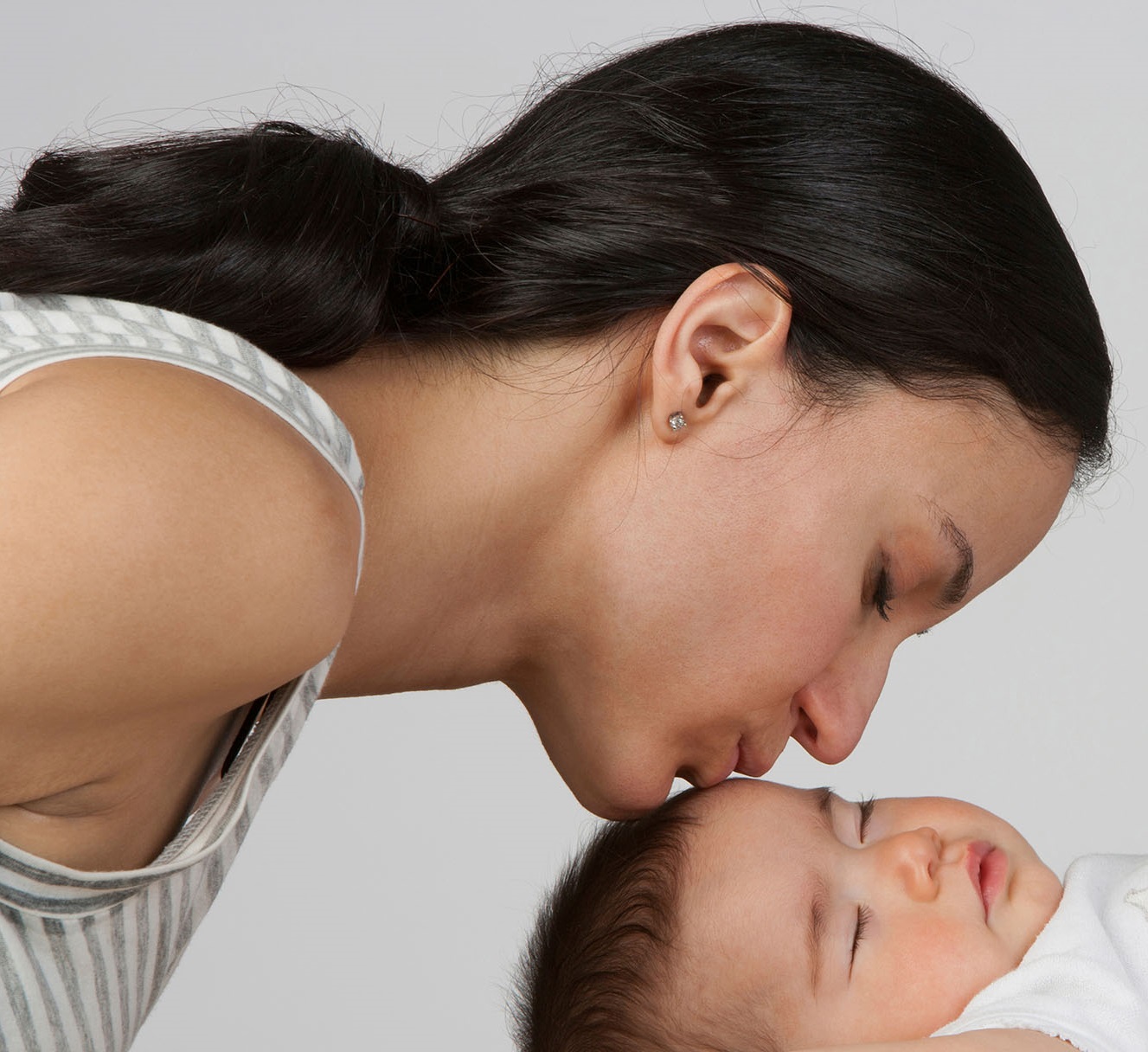Safe Sleep for Native Babies
Infant Health

Why is safe sleep important?
Safe sleep practices are one of the most effective ways to reduce the chance of SIDS, or Sudden Infant Death Syndrome.
What is SIDS?
SIDS, the sudden unexplained death of a baby under one year, is an infant death without a known cause even after a complete investigation.
Infants are most vulnerable to SIDS during the second and third months of life, but SIDS can occur up to one year. The cause of SIDS is unknown, but some things can increase risk, such as premature birth, smoking, drug, or alcohol use during pregnancy, and smoking or near the baby after birth. There are ways for parents to decrease the risk of SIDS. The best way is to create a safe sleep environment for the baby.
What is a safe sleep environment?
A safe sleep environment for babies is one where the risk of suffocation or stopped breathing is reduced. While the risk of SIDs cannot be entirely prevented, sleep environment, position, and space can reduce the chances SIDS could happen.
- Always place the baby on his or her back to sleep for naps and at night. Babies who sleep on their backs are much less likely to die of SIDS than are babies who sleep on their stomachs or sides.
- Have the baby share your room, but not your bed. Sharing can lead to suffocation under blankets or pillows, being trapped under an adult who rolls over, or strangulation – all causes of SIDS.
- Keep soft objects such as pillows, stuffed animals, and blankets out of your baby’s sleep area. Never place baby to sleep on soft surfaces, such as couches or sofas, pillows, quilts, sheepskins, or blankets. And make sure nothing is covering the baby’s head.
Safe Sleep Resources
- Cigarette smoke increases the risk of SIDS - CDC
- Fast Facts About SIDS - National Institute of Child Health and Human Development (NICHD)
- Healthy Native Babies - NICHD
- Honoring Our Babies: Safe Sleep Discussion Cards [PDF - 1.6 MB] - First Nations Health Authority (Canada)
- How to Keep Your Sleeping Baby Safe: the American Academy of Pediatrics Policy Explained - AAP
- Infant Sleep Position and SIDS: Questions and Answers for Health Care Providers [PDF - 7.3 MB] - NICHD
- New Safe Sleep Recommendations to Protect Against SIDS, Sleep-Related Infant Deaths - AAP
- Safe to Sleep® Campaign Materials - NICHD
- Study Identifies SIDS Risk Factors Among American Indian Infants - NICHD
- Sudden Infant Death Syndrome (SIDS) - CDC
- SUID/SIDS prevention resources - CDC
- Vaccines do not cause SIDS - CDC
- Ways to Reduce a baby's Risk - NICHD
- What does a safe sleep environment look like? - NICHD


